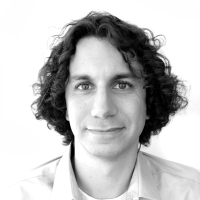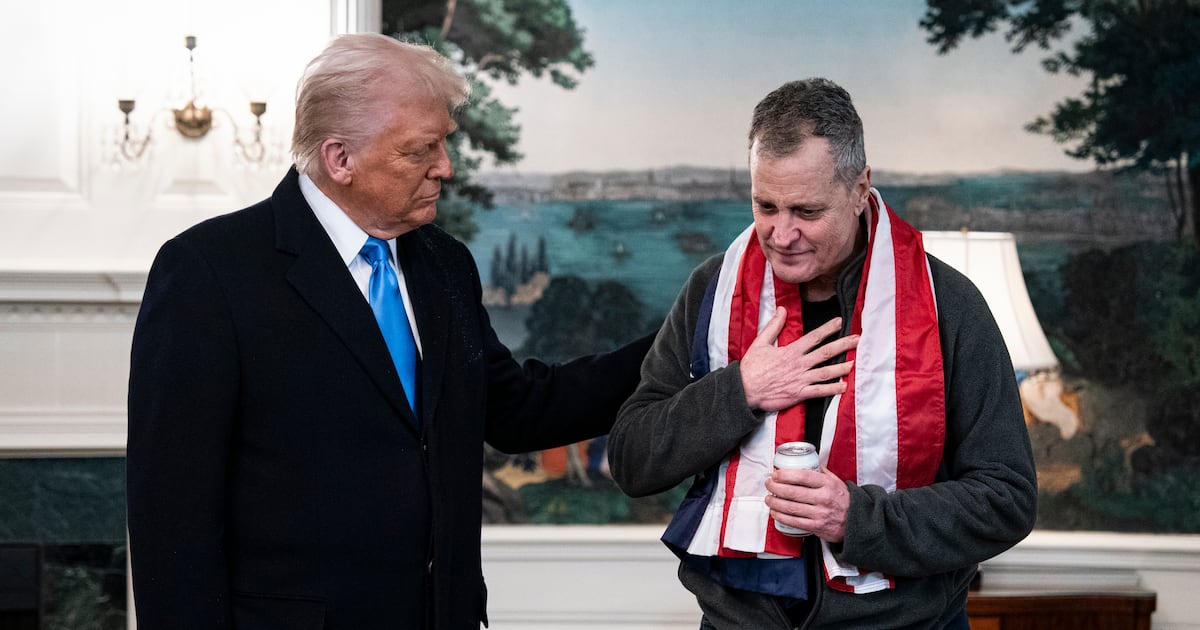Last year’s adaptation of Oldboy by American filmmaker Spike Lee tested two conflicting film theories. The first, that it is impossible for Spike Lee to make a bad film, and the second, that adaptations, sequels, and re-imaginings are evidence of Hollywood’s creative bankruptcy.

It was a bold undertaking, and one ultimately doomed to failure. But it would be unfair to judge Spike Lee based on the movie’s shortcomings. Bill Cosby used to tell a joke about how angry adults sound brain damaged when forced to censor their language in front of children. While the adaptation succeeds, and even challenges some elements of the original, the film is hampered by its inability to grapple with the major thematic tension of its source material.
This weekend, the post credit scenes of Captain America: The Winter Soldier introduce two characters who will feature prominently in next year’s The Avengers: Age of Ultron: twin siblings, Quicksilver and the Scarlet Witch. Readers unfamiliar with the twins may recognize their father, perennial X-Men villain, Magneto.
The Scarlet Witch and Quicksilver, or Wanda and Pietro Maximoff, first appeared as X-Men villains in 1964. Like Magneto, their allegiance shifts back and forth among Marvel properties, sometimes fighting the X-Men and sometimes as members of the Avengers. The Scarlet Witch’s abilities include altering probability, depowering other mutants, and even remaking entire universes, giving her some of the strongest magic in the Marvel universe. Quicksilver is capable of moving and thinking at incredible speeds, and eventually traveling through time.
Hope and trepidation persists that the twins presence indicates the coming of an Avengers/X-Men crossover film. Hope because Wizard magazine’s list of the greatest comic characters lists the Scarlet Witch in the top 100 (Quicksilver did not make the list, although he appeared on IGN.com’s top 25 X-Men). Reluctance because comic crossovers are rife with opportunities to alienate long time fans as complexity and character history are smoothed out in favor of commercial appeal.
Although the Scarlet Witch’s appearance in The Winter Soldier is the first time the character appears on film, a number of famous voice actor’s have previously assumed the role, including Jennifer Darling, Tara Strong, and Stavroula Logothettis. The newest X-Men film, Days of Future Past features American Horror Story’s Evan Peters in the role of Quicksilver, while the character has also appeared in Marvel’s animated X-Men series voiced by Richard Ian Cox and Mark Hildreth (among others).
Elizabeth Olsen, who appeared as the daughter in Spike Lee’s Oldboy, will play the Scarlet Witch. Aaron Taylor-Johnson, who portrayed the eponymous character in Kick-Ass, will play her brother, Quicksilver. Next month, the duo will appear as husband and wife in the new adaptation of Godzilla. However, fans may find the relationship between the two characters significantly altered on screen. Marvel Studios President of Production Kevin Feige recently said: “Other than their powers, general audiences might not even know…that the two are related.” The “two” Feige mentions could be Magneto and Quicksilver, or it could be the twins as storylines featuring the pair have pushed boundaries for over 50 years.
In 2008, Cracked.com writer Juan Arteaga dubbed the pair one of the “6 Creepiest Comic Book Characters of All Time.” To illustrate, Arteaga quotes from the Marvel series The Ultimates in which a sexual relationship between brother and sister is at first hinted, and then explicitly mentioned in a conversation between Captain America and The Wasp. Quicksilver earns special mention from Arteaga as the primary reason for his physical attraction lies in the Scarlet Witch’s resemblance to their mother (their sexual coupling is witnessed by Wolverine, who watches their coitus from the bushes). The story arc also earned Quicksilver and the Scarlet Witch a place on i09.com writer Cyriaque Lamar’s 2010 list of The 5 Most Disturbing X-Men Love Affairs. In the summary, Lamar also points out that because of a complicated time travel plot, Wolverine may also be the twins’ father.
Olson and Taylor-Johnson have alluded to some of the complexities in the Scarlet Witch/Quicksilver relationship. In an interview with AintItCool.com from 2013, Olson said of the character: “She’s crazy. She has more things wrong with her than any character I’ve ever played.” Taylor-Johnson has also discussed the twins’ 50-year backstory telling TotalFilm.com, that Quicksilver and the Scarlet Witch “have been abandoned by their parents… they grew up in Eastern Europe defending and looking out for themselves and each other. His sister really is his guidance—emotionally she’s the one who looks after him, and vice versa. He’s very over-protective physically—he doesn’t want anyone touching her.”
***
The canon may not address whether Wolverine or Magneto is the biological father, but the comics are clear on Quicksilver and the Scarlet Witch’s matriarchal lineage as the children of Magda, a Romani woman whom Marvel has never given a last name (it is assumed to be Lehnsherr because of her relationship with Magneto).
The regressive trope of denying female identity, or establishing that identity only in relation to a male character, extends from Magda to the rest of the family. While Quicksilver’s abilities are often cited as the source of his anti-social behavior and frustrated assimilation (which include having his “evil” tendencies cured through therapy at one point), the Scarlet Witch’s adventures often revolve around her reproductive or sexual choices. In one of her most notable appearances to date, House of M, the Scarlet Witch begins the story having already been driven mad by the loss of her children and catatonic after being put in a trance.
When the character choice was first announced, there was some hope the studio would cast a woman of color to represent the Scarlet Witch’s Romani heritage. A May 2013 response to the announcement at thelearnedfangirl.com by Raizel Leibler called the Scarlet Witch, “one of the most interesting and complex characters in the Marvel Universe” but ceded that expectations were low as she has also “frequently served the role of the crazy woman in the attic or the deus ex machina.” In a thorough review of Uncanny Avengers #9 at Racialicious.com, Arturo R. García highlights the ways in which the Scarlet Witch’s ability to alter reality, and therefore assimilate, is used to “[ignore] the existence of Mutanthood as a stand-in for race as an identification point.”
That Marvel’s mutantism stands in for social issues, particularly surrounding race, gender, and sexual politics, is a core element of X-Men and Avengers cinematic narrative. A number of commentators have noted X-Men: First Class for its explicit comparison of mutant persecution to the Holocaust, American Civil Rights movements of the 1960s. García also lists the many ways Marvel has “spent literally decades mining and appropriating rhetoric surrounding a multitude of communities. A few examples: the references to Charles Xavier’s “dream” of mutants and humans co-existing; the forced dichotomy between cooperation and militancy as the only two viewpoints aired related to mutant rights… [and] the company’s decision to sell shirts that literally say, Mutant and Proud.”
Marvel’s approach to identity is particularly relevant, since the company trades on the cultural expectations that the Scarlet Witch and Quicksilver bring with them as a result of their heritage. In the Winter Soldier post-credits scene where they are introduced, the twins are held in cages by former Nazi officer, Baron Strucker.
In an appearance promoting Winter Soldier on The Daily Show, Samuel L. Jackson spoke about his Avengers character, Nick Fury, and his backstory, saying: “Nick Fury was around when I was a kid… he was a white guy with a cigar and a patch, then he became David Hasselhoff for a while, and then he became me. The evolution of Nick Fury continues.” But to paraphrase Lake Bell’s In a World…, current cinematic attitudes toward women may represent a devolution, even as visibility increases for female characters in particular, and ethnicities like the Romani.






